If you walk through the social studies wing of Hollis Brookline High School (HBHS), you’re sure to find students immersed in learning. In one classroom, freshmen are writing essays about Native American boarding schools, while across the hall, seniors debate the U.S. Constitution. However, take a step outside the confines of the building, and you’ll find the real excitement: archaeology students engaging in a real-life mock excavation.
Archaeology is the study of the past through the excavation of historical sites and the analysis of extracted remains. The new course at HBHS was introduced this 2024-2025 school year by Latin teacher Matthew MacFarline.
MacFarline’s Passion for Archaeology
As a lifelong history enthusiast, MacFarline traces his initial interest back to his childhood. “Even as a kid, I was fascinated by the idea of digging up dinosaur bones,” he said. “My father even took me on some ‘dino digs’ when I was young, which really sparked my imagination.”
He specifically cites his attraction to archaeology in its inherent combination of his favorite subjects. “I originally became interested in archaeology as an extension of my passion for history and classics,” said MacFarline. “I’ve always been deeply interested in the past, both human history and natural history.”
After attending a field school in New Hampshire, MacFarline went on to become certified in 2013 while partaking in the Tel Kabri Field School located in northern Israel. This experience turned out to be particularly unique. “During the course of this project, we uncovered the oldest known wine cellar in the world, dating all the way back to the Bronze Age,” said MacFarline.
MacFarline also attended the American School of Classical Studies in Athens and participated in Vergilian Societies’ archaeological survey of the greater Naples area. Currently, he continues his interest in the field by working with the Peabody Museum at Yale where he does field excavations at several sites in Greece.
Introducing the Class
Hoping to bring a subject he loves to life, MacFarline aimed to introduce archaeology as a social studies course at HBHS. He was especially excited because, if approved, it would be the first high school archaeology class in New Hampshire.
In implementing this class, MacFarline wished for students to gain a greater appreciation for the subject as a whole. “I hope that this class instills a deeper love for history and promotes the idea that the best research is done when drawing from as many fields and disciplines as possible,” said MacFarline.
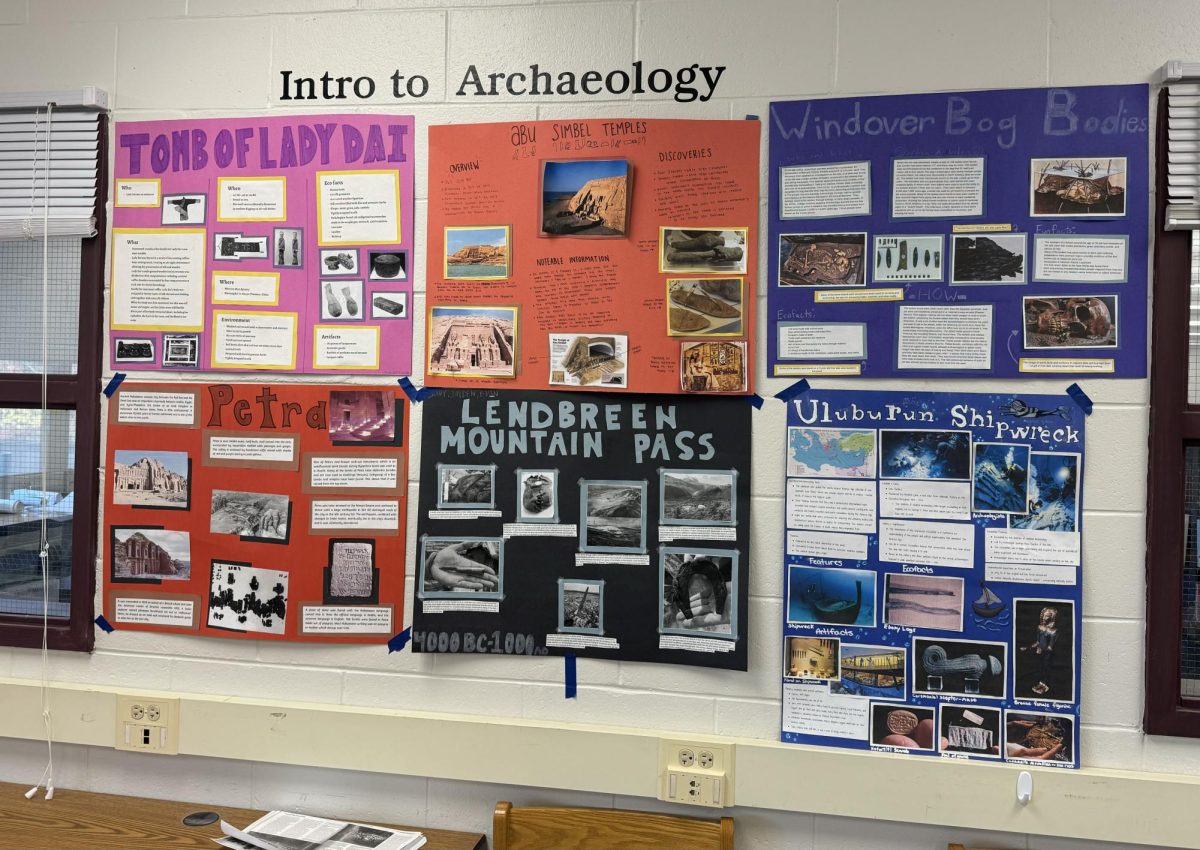
One of the primary motivations for introducing the class was the technological resurgence the field is currently experiencing. “The integration not only of new technology but also of a host of other disciplines really underpinned my desire to bring archaeology to HBHS,” said MacFarline.
Additionally, he was inspired by the interdisciplinary nature of the subject. “We are seeing such diverse fields as chemistry, botany, computer science, digital humanities, robotics, history, linguistics, environmental science and ethnohistory all come together and contribute towards a more holistic view of the past,” said MacFarline. “This transdisciplinary cooperation is truly remarkable, and opens up a plethora of career paths as well.”
After drawing up a proposal and creating an example curriculum, the course was approved by the Hollis Brookline (COOP) School Board. This year, upperclassmen were able to enroll in it as a semester-long social studies elective.
Hands-On Learning
What makes the course unique is its combination of classroom and hands-on learning experiences. MacFarline specifically aimed to make this a focal point of the HBHS class. “To this end, we have a robust curriculum that supports both in-class learning streamlined alongside such opportunities as mock excavation, ceramic restoration, 3D scanning, simulated LIDAR drone flying and many other unique opportunities,” he said.
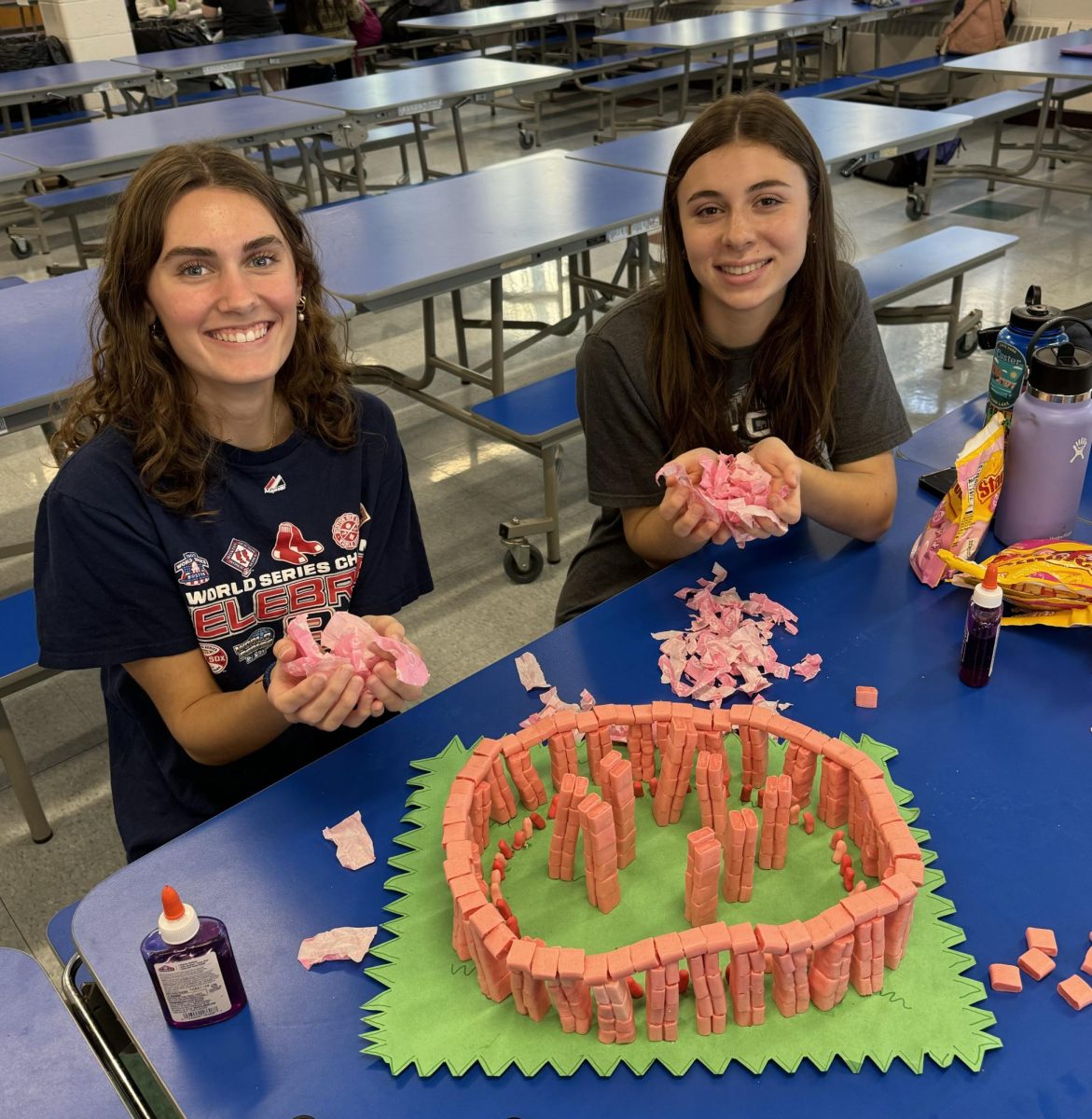
This method of teaching has aided many students’ learning styles in understanding the material. “I’m more of a visual learner, so it’s really helpful to do it outside and really get your hands dirty,” said student Tess Brown ‘25.
Additionally, it has taught students life-applicable skills that they might not have been able to learn in a normal classroom environment. “In archaeology, I’ve definitely learned to be more patient with what I’m doing,” said student Lauren Kennedy ‘25.
Many of the hands-on experiences have also proven to be enjoyable for students. One example of this was when students used drones to scan the ground. “I had a blast with our drone activity we did,” said student Kiera King ‘25. “I thought the technology and briefing they did beforehand of how the technology worked was really cool, and it was fun to see what they were talking about happen in real life.”
The Mock Excavation
One of the standout projects of the class is the mock excavation experience. With funding support from the Hollis Historical Society, MacFarline was able to create a simulated dig area near the high school’s track.
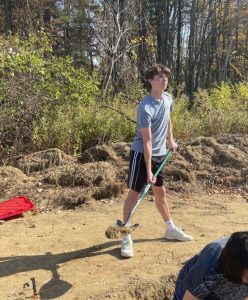
The simulated dig enabled students to complement their learning of geology and artifacts with a mock excavation that took place over two weeks in November. “Stratigraphy is one of the most essential components of archaeology and is best studied under the most realistic conditions possible,” said MacFarline.
Specifically, students were assigned multiple jobs that modeled a real-life excavation site. This included removing dirt from the site with buckets, using pickaxes and trowels to uncover artifacts, and brushing off discovered artifacts.
In the mock excavation, students uncovered bricks and vases which was very exciting. “On my section of the dig, finding the white vases was rewarding after hours of digging,” said Brown.
MacFarline noticed students’ excitement. “Honestly, the enthusiasm shown by our students and the application of classroom principles to the field has been the highlight of the dig for me,” he said.
The mock excavation serves as a prime example of the impact hands-on learning can have on a student’s education. “I think [the dig] is a better learning experience than sitting in a classroom watching a slideshow about it,” said Brown.
Looking Forward
After the mock excavation project, MacFarline is hoping to introduce a few more projects before the semester finishes in January, including a field trip to Brandeis University to scan some of the Classical Studies Artifact Research Collection and the restoration of Roman coins.
Beyond this current year, MacFarline hopes to expand the course with additional offerings and experiences. “I’d love to be able to invest in some of the more tech-dependent aspects of the class, including possibly getting our hands on some scanners and software so we can create 3D models and study artifacts right here at school,” he said.
Still, archaeology will remain a class that welcomes students of all academic abilities at HBHS. “No matter what your level of knowledge is of the past, if you are curious about the world around you and wish to know more about the context of humans within their environment over vast swaths of time, I would highly recommend archaeology at HBHS,” said MacFarline.
With this new class that focuses on hands-on learning, students at HBHS will have another option that may better match their academic needs and goals. “Honestly, I don’t think I could learn some of the things that I have in any other class,” said Kennedy. “It’s so different from your regular general education classes.”



![Students in Archaeology use tools in a mock excavation. As a class that focuses on hands-on learning, students are able to gain crucial life skills. “[The class] is more hands-on than I thought, and I'm learning way more with physical activities than I do in the classroom,” said student Tess Brown ‘25.](https://cavchronline.com/wp-content/uploads/2024/11/IMG_8390-e1733078501891.jpg)
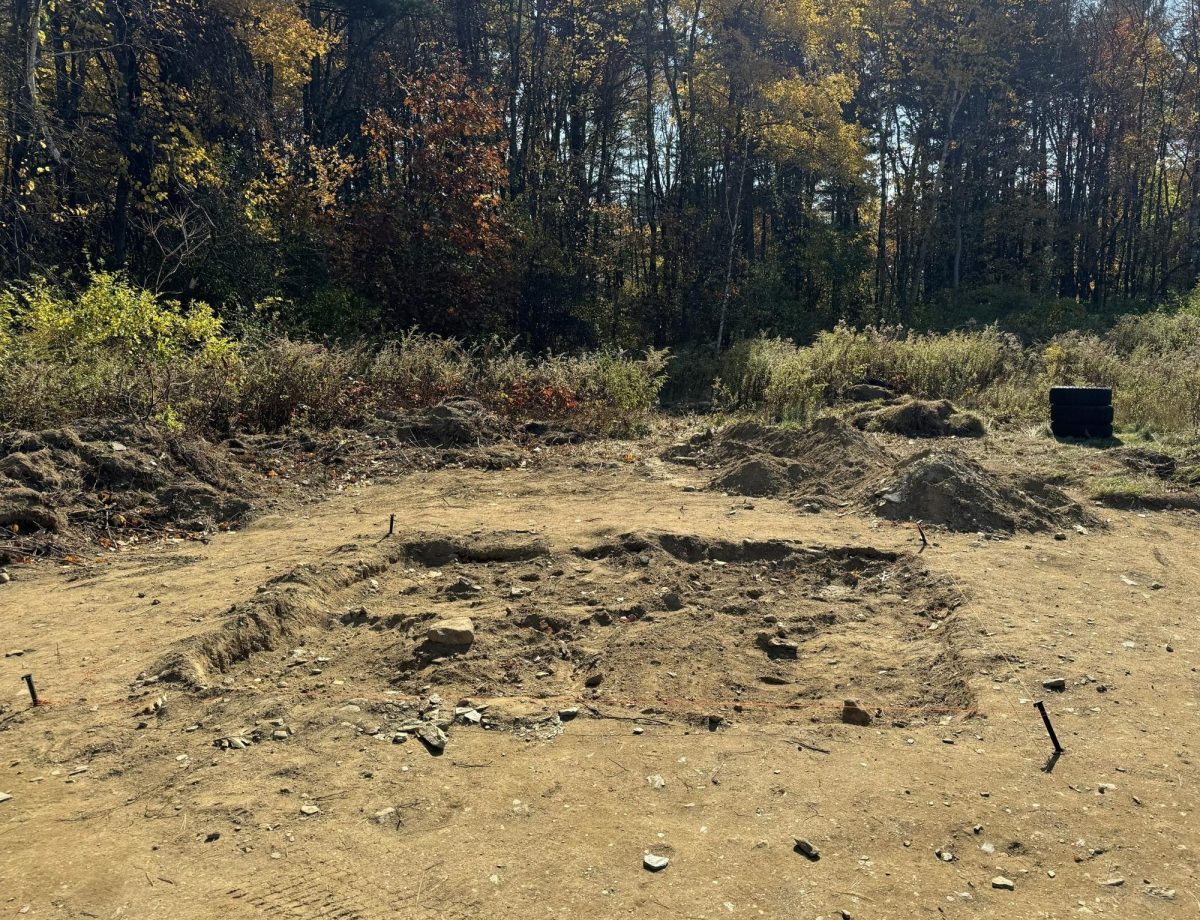
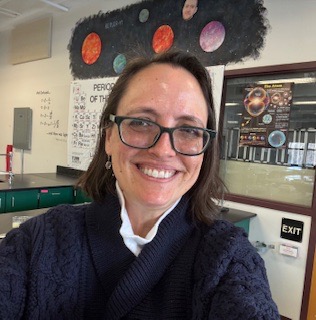
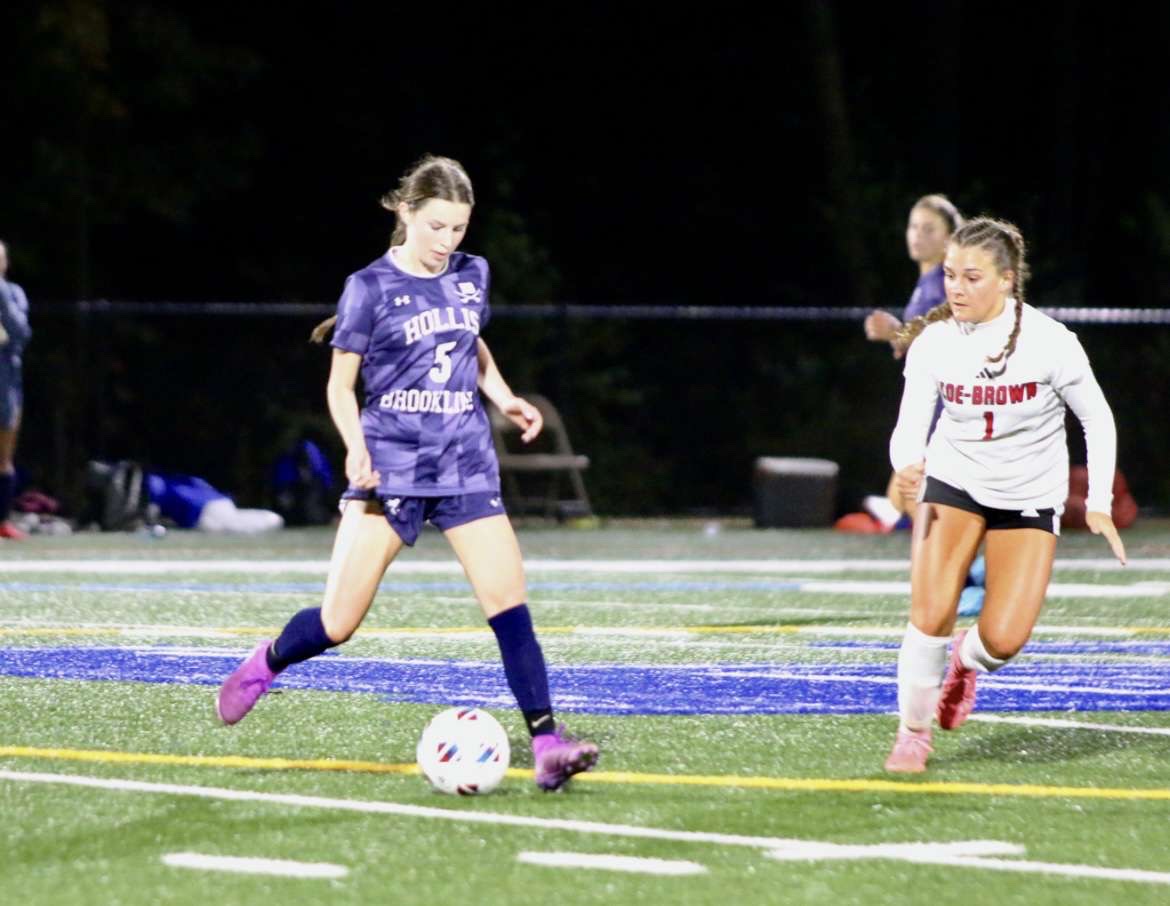
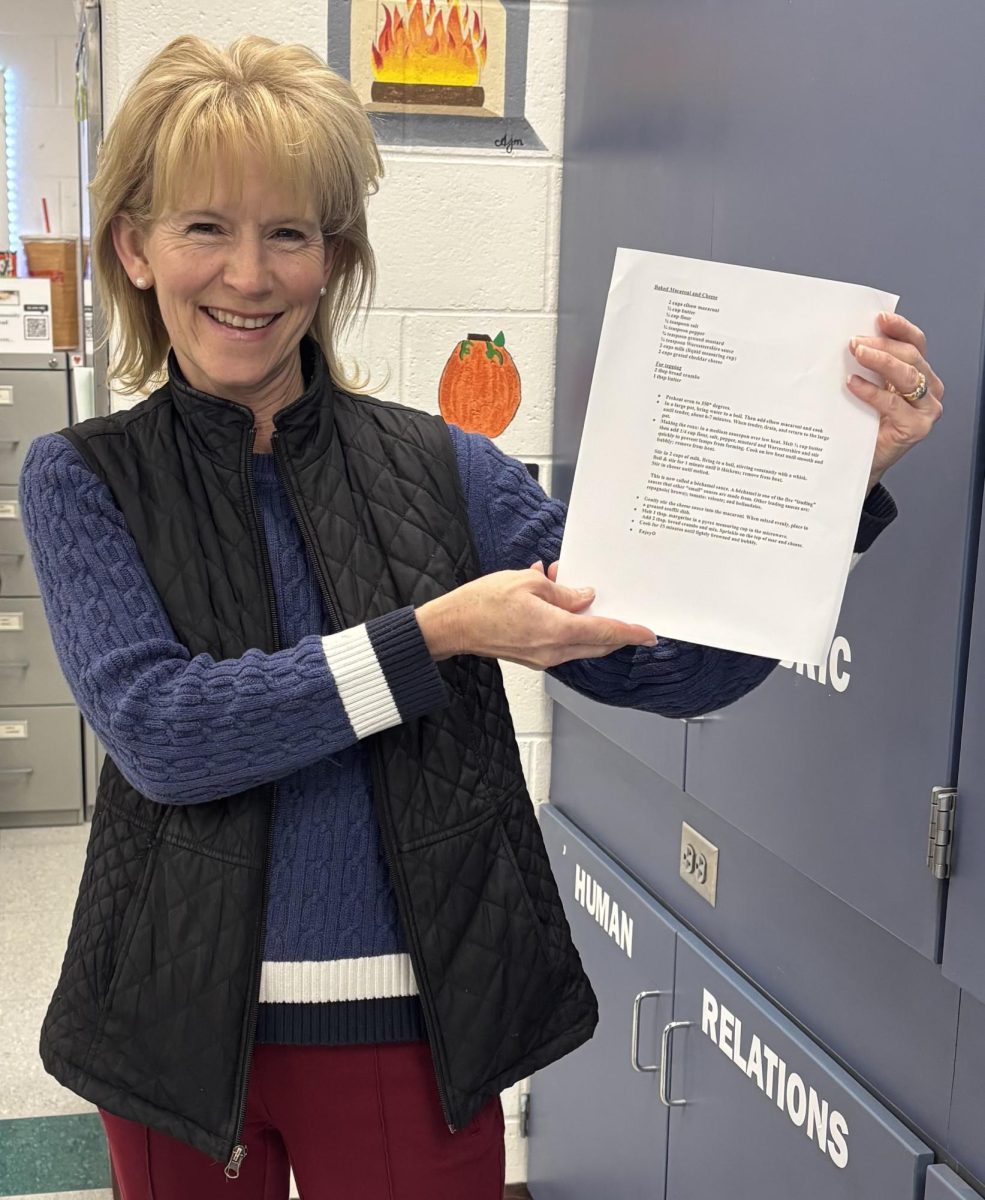
![Dr. Barry teaches his son Benin karate as part of a class he provides for school-aged children across Brookline. “I happen to have [karate classes] thrown into the mix of what I do here, because it’s something that I have to offer,” he says. “I enjoy it, I can do it, and I can offer it freely.” (Courtesy Brian Barry)](https://cavchronline.com/wp-content/uploads/2025/04/Man-of-Many-Talents-Brian-Barrys-Service-to-Brookline.jpg)

Cheryl Taubin • Jan 18, 2025 at 10:44 AM
We are VERY PROUD of what you have accomplished Matthew! Keep it up nephew! 👍🏻
Anonymous • Jan 17, 2025 at 9:53 PM
Can you imagine the honor it must be to have the desire to challenge young minds to rise to the occasion and partake in one of life’s most sought after disciplines. The pursuit of knowledge , coupled with a desire to know our beginning.